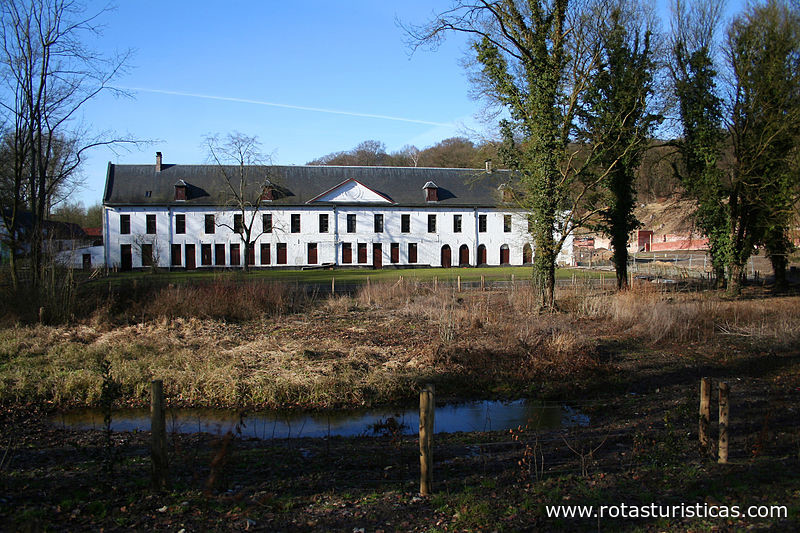Oudergem, Brussels, Belgium
Suggest Place to Visit
7159
Track to location with GPS |
 |
The Rouge-Cloître abbey (in Dutch: Rood-Klooster) is a former Augustinian priory, whose same canonical name is the Abbey of Saint-Paul en Soignes. Founded around 1367 in the Forêt de Soignes, south-east of the city of Brussels, the abbey was suppressed in 1796. Administratively, it was brought to Auderghem, a town in the Brussels region (Belgium).
Its location on the edge of the Sonian forest and surrounded by ponds crossed by the Roodkloosterbeek (Rouge-Cloître stream) have made the Rouge-Cloître estate - from the 16th century until today - a popular spot for amateurs. of nature, whether for hunting (in the 16th-17th centuries), resting or taking a walk.
Originally the Roodklooster (the red cloister) is actually the Roode Cluse [or Kluis], that is to say: the Red Hermitage '. The walls of the hermitage are known for their government, it seems, of a plaster based on the crushed tiles, hence its characteristic color. It was quite natural when it became a priory (which must have a cloister) with the so-called 'Rouge-Cloitre', its official concept remaining Saint-Paul en Soignes.
A hermitage was built in 1366 for a first, Gilles Olivier, and a man with Walter van der Molen. The priest Guillaume Daniel, of the parish of Boendael, celebrated Mass for them from time to time (founding charter attested by Duchess Jeanne de Brabant, March 1, 1367). For example, between 1367 and 1369, the small group, inspired by the neighboring priory of Groenendael, adopted the rule of Saint Augustine for their life in community and thus formed a “religious community”.
The foundation was approved in 1373 by Gérard de Dainville, bishop of Cambrai, and the afflicted the following year (1374) to the order of the Canons Regular of Saint Augustine by the priory of Groenendael, to which it is geographically close. The community is quickly deleted. In 1381, he assisted in the construction of the church after meeting the Duchess Joan of Brabant with the surrounding lands and ponds as well as certain privileges and tax exemptions.
In 1402, with the first prizes of the Rouge-Cloître formed a congregation (or "General Chapter") Groenendael took the lead. In 1412, with the congregation of Groenendael the abbey joined the Congresation of Windesheim. The first centuries of the priory are marked by great devotion and material ease. The priory has a rich library as well as a renowned illumination workshop.
Le Rouge-Cloître around 1540, tapestry detail: Les Chasses de Maximilien
The site provides the limestone sandstone necessary for construction; steers, for furniture and heating. The abundant sources and the fish ponds. A water mill on the stream that crosses the property allows grain to be ground and oil to be pressed. A piece of forest is cleared for and creates pasture for cattle. Around 1400 an enclosure, part of which still remains today, was built around the estate. The white sandstone church is decorated with canvases from Rubens´ workshop.
In the 16th century, the monastery was one of the most prestigious in the Spanish Netherlands, close to the city of Brussels and a major contributor. Charles V1 and later Archdukes Albert of Habsburg (1559-1621) and Isabella of Spain (1566-1633), and also with many other important figures.
At the end of the XVIth century, the Revolution of the Gueux, the price is the pillar and the songs against the leaders of Brussels as well as the troubles.
At the end of the 16th century, the Revolution of the Gueux, the price is the pillar and the songs against the leaders of Brussels as well as the troubles.
Second disaster: a fire burned down by some of the battalions in 1693. The library which contained pre-lit manuscripts, free elders and relatives of value is spared.
The monastery will be a continuation removed from the edict of March 17, 1783 of Emperor Joseph II, wishing to sign the public finances, which removed certain convents declared "useless" because living on the tithe without compensation, according to him, for society and "Where one leads only a purely contemplative life which is perfectly useful for religion, the State and the neighbor" 2. As far as the free will is transferred (almost 'stolen ...' 3) later to the authors authors at the Empire library of Vienna, yes still stands.
The Rouge-Cloître in 1725.
Six years later, following the reinstatement of the old institutions thanks to the victory of the Brabant Revolution over the Austrians, seize the canons returning to settle at the Rouge-Cloître. In 1792, the pillar of the French hussars the abbey which moreover is occupied by a detachment. Completed in 1796 due to the abolition of the monasteries decreed by the French Directory. Only a few buildings are preserved. The church was then destroyed in a fire in 1834.
For the rest, the website and the buildings, divided into several lots, know the most diverse uses: cotton seam, dyeing, ammunition factory, stone tailor's workshop, hotel, restaurants and cafes. In addition, urbanization and the construction of roads and causeways are cutting the edges. Various projects for draining ponds, subdivision and even development of a zoological park have not succeeded. In 1872, Romain Govaert - Father of Félix Govaert - rebuilt with the purchase of the estate, including fields and ponds.
Comments
We don´t have yet any comments about:
Abbey of Rouge-Cloitre
Abbey of Rouge-Cloitre
Be the first to leave a comment as it is very important to inform other people
Outros locais a visitar
Within a radius of 20 km from:Abbey of Rouge-Cloitre
Museu de Transporte Urbano de Bruxelas |
| 2,1 Km |
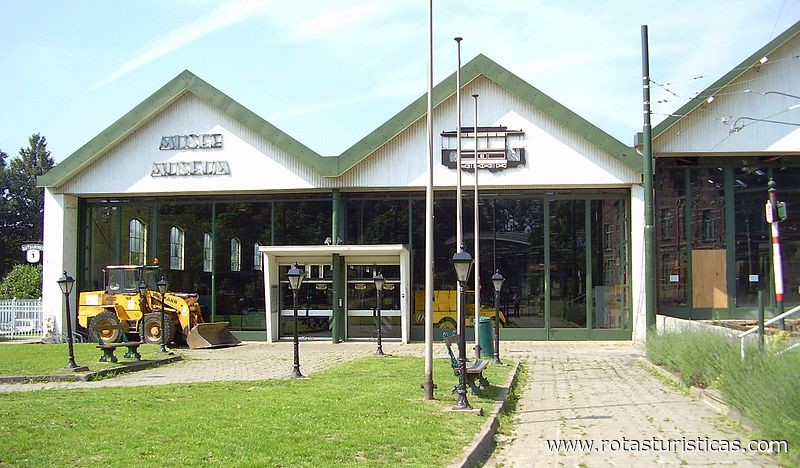 |
Bibliotheca Wittockiana |
| 2,6 Km |
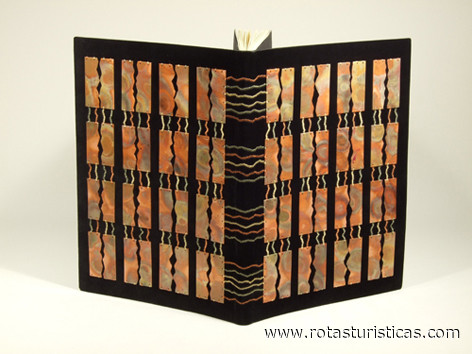 |
Autoworld |
| 4,6 Km |
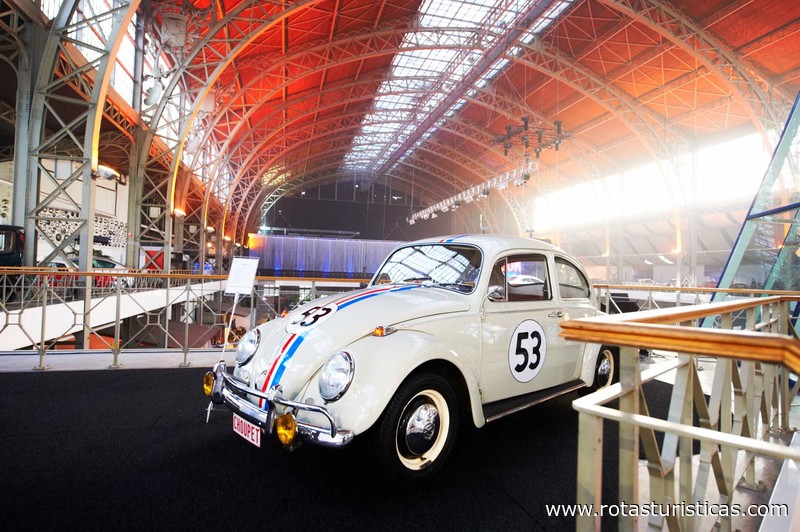 |
Musée Royal de L'armée et D'histoire Militaire |
| 4,6 Km |
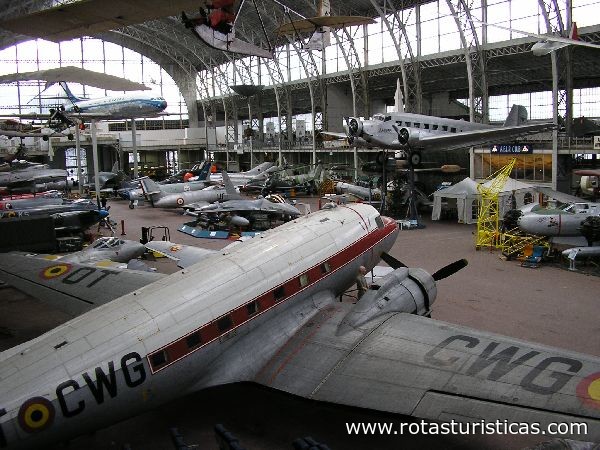 |
Clockarium Museum |
| 4,8 Km |
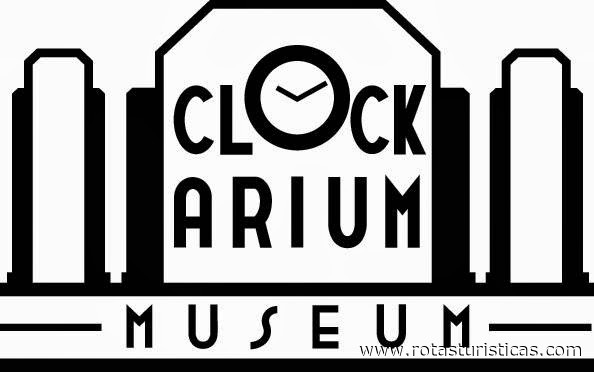 |
Museu Voor Natuurwetenschappen |
| 5,3 Km |
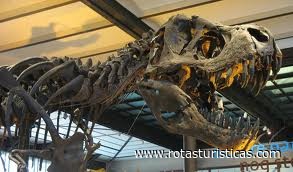 |
Museu IXelles |
| 5,4 Km |
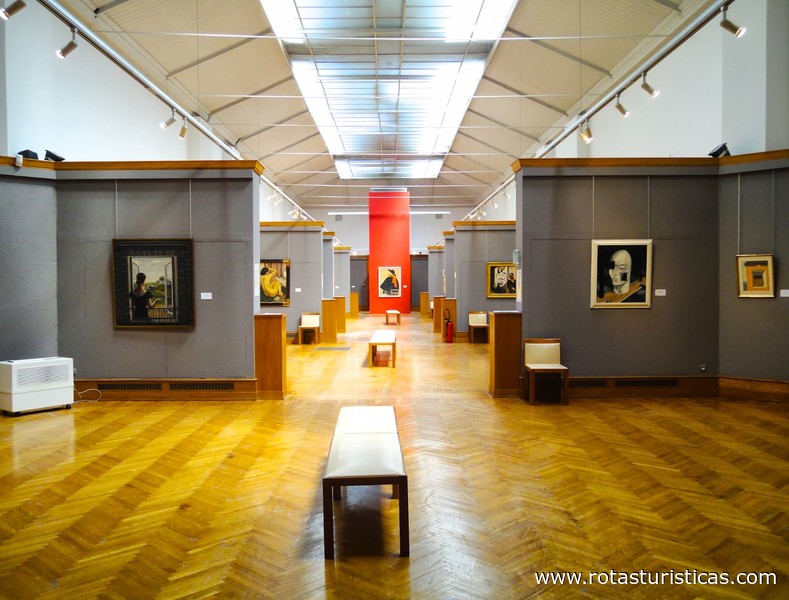 |
Museus Reais de Belas Artes da Bélgica - Museu Antoine Wierz |
| 5,4 Km |
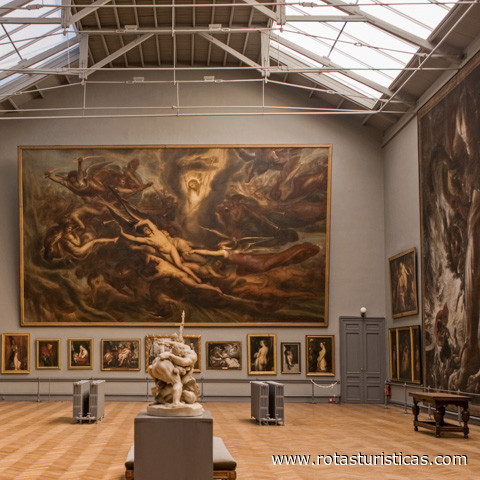 |
Museu e Jardins Van Buuren |
| 6,3 Km |
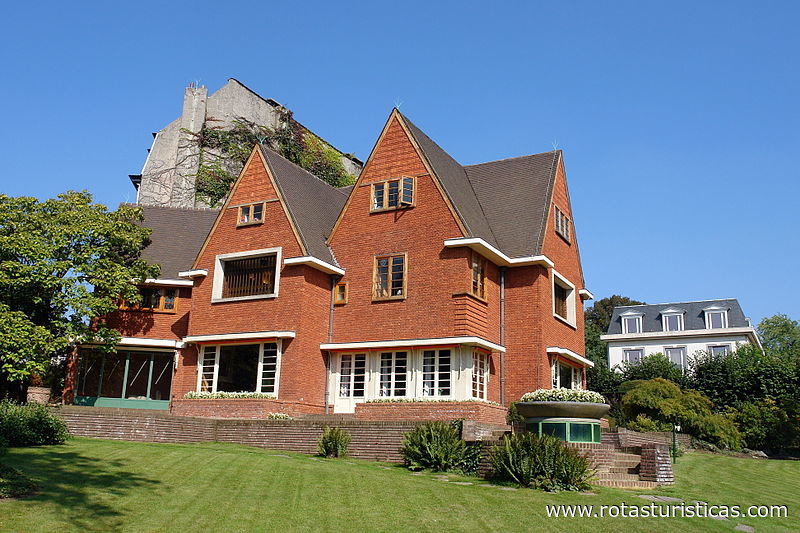 |
Museu Hôtel de Charlier |
| 6,4 Km |
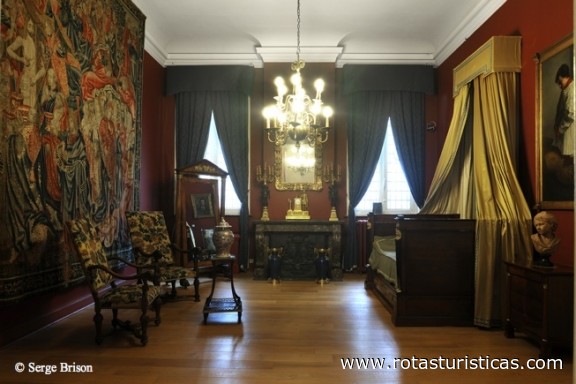 |
Museu Belvue |
| 6,6 Km |
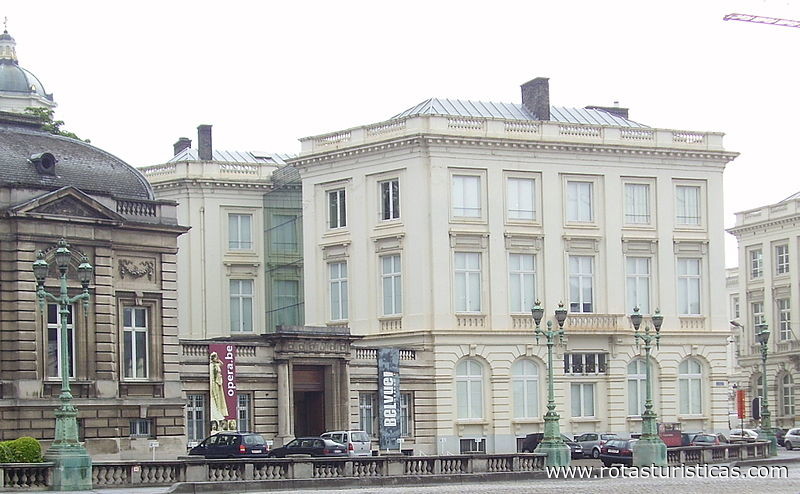 |
Museu Magritte |
| 6,8 Km |
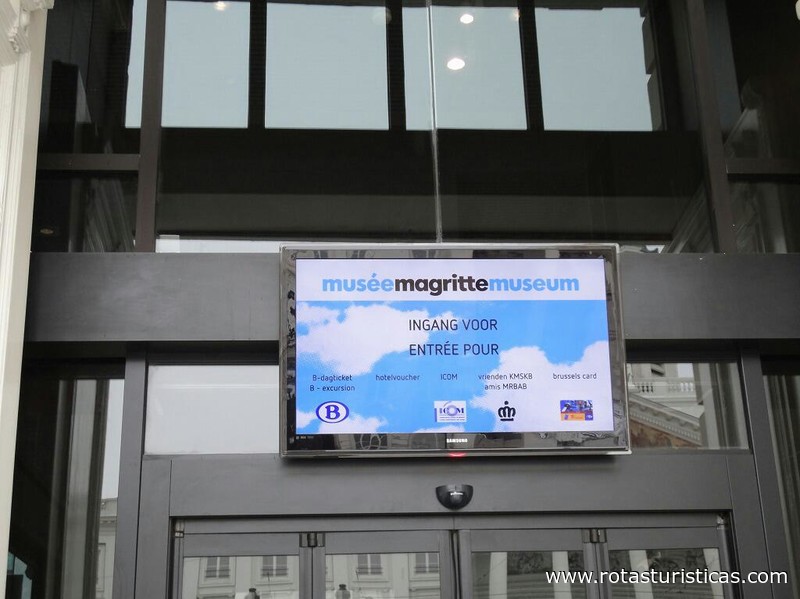 |
Centro de Belas Artes (também conhecido como Bozar) |
| 6,8 Km |
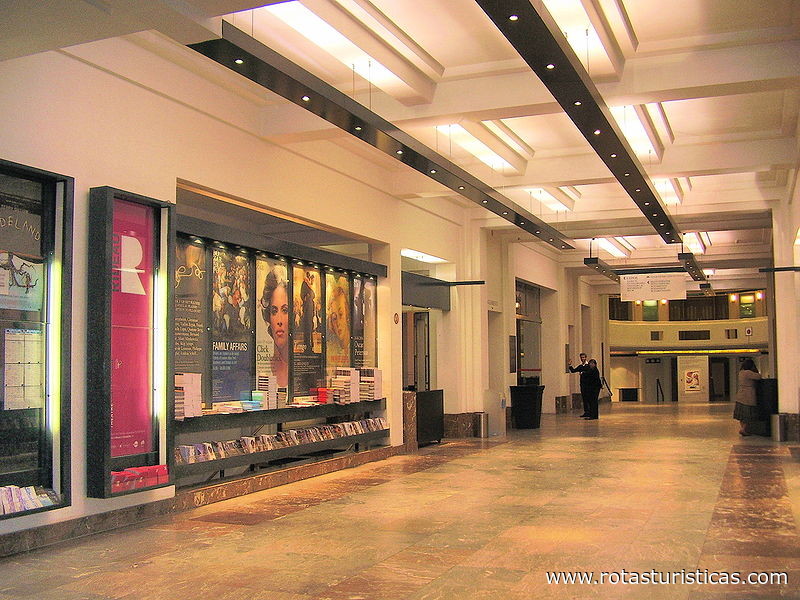 |
Palace of Charles of Lorraine |
| 6,9 Km |
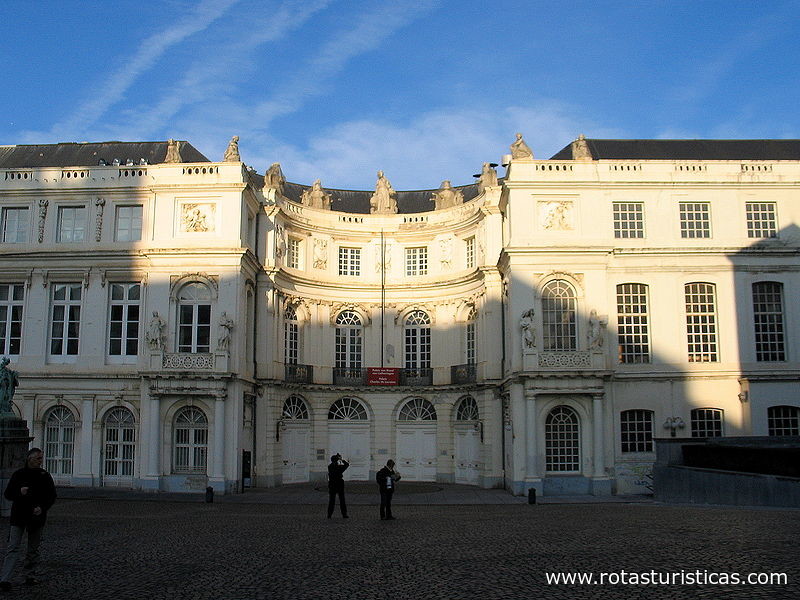 |
Museu Judaico da Bélgica |
| 7,0 Km |
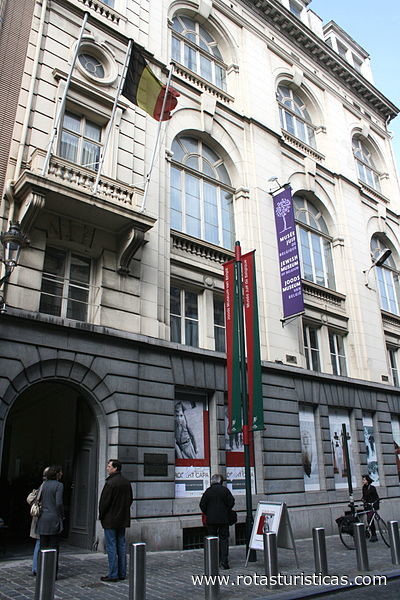 |
Museu de Quadrinhos de Bruxelas |
| 7,2 Km |
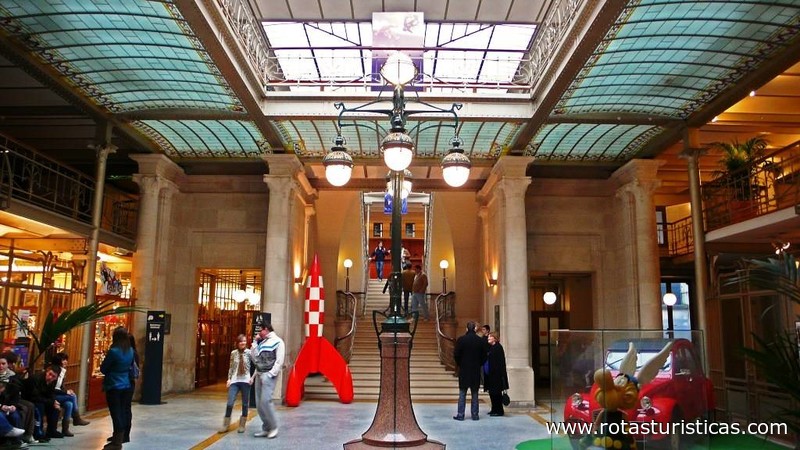 |
Museu de Arte Espontânea |
| 7,3 Km |
 |
Schaerbeek Museum of Belgian Beer |
| 7,3 Km |
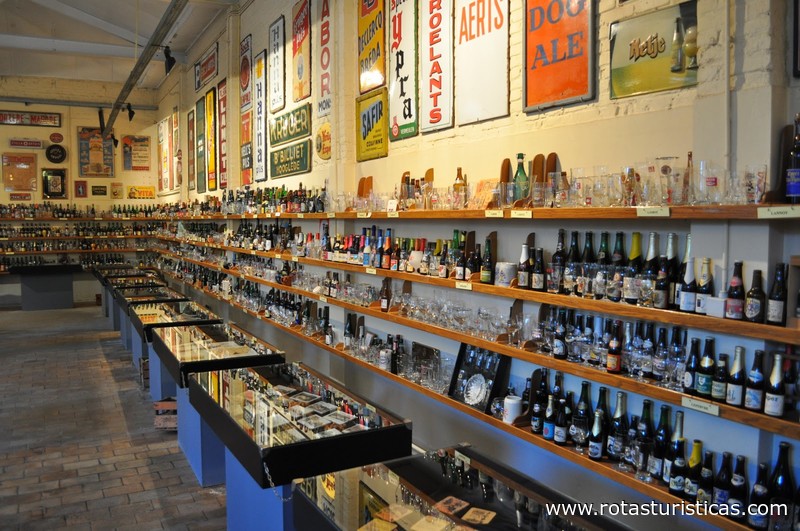 |
Museu da Cidade (Musee de la Ville) |
| 7,4 Km |
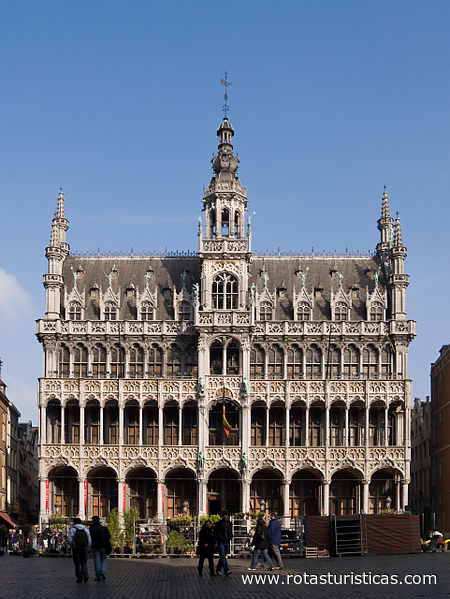 |
Casa autrique |
| 7,4 Km |
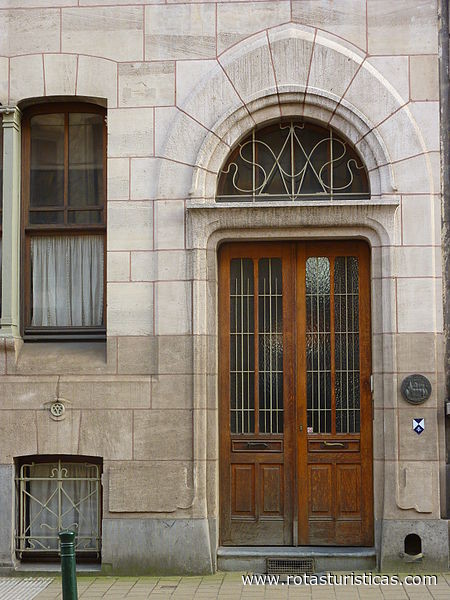 |
Musée Bruxellois du Moulin et de L'alimentation |
| 7,4 Km |
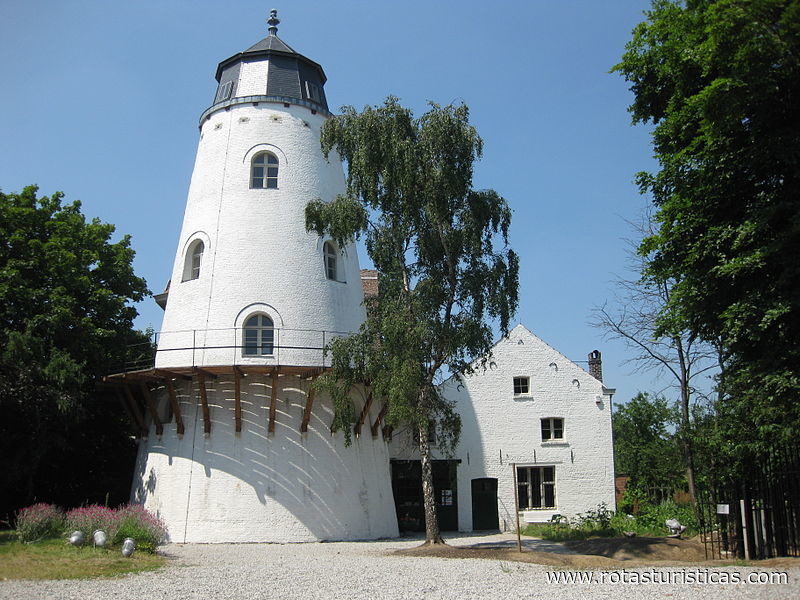 |
Museu René Magritte |
| 10,3 Km |
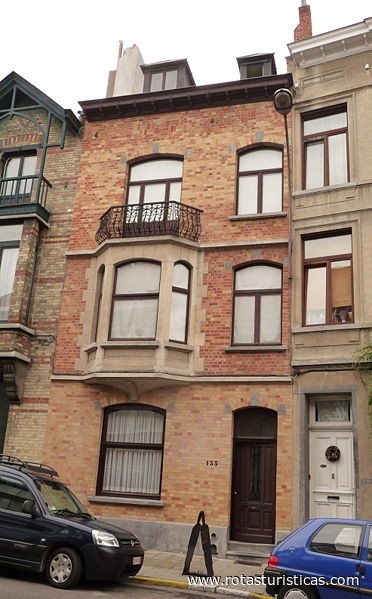 |
Aquário Público de Bruxelas - Centro Aquarista |
| 10,4 Km |
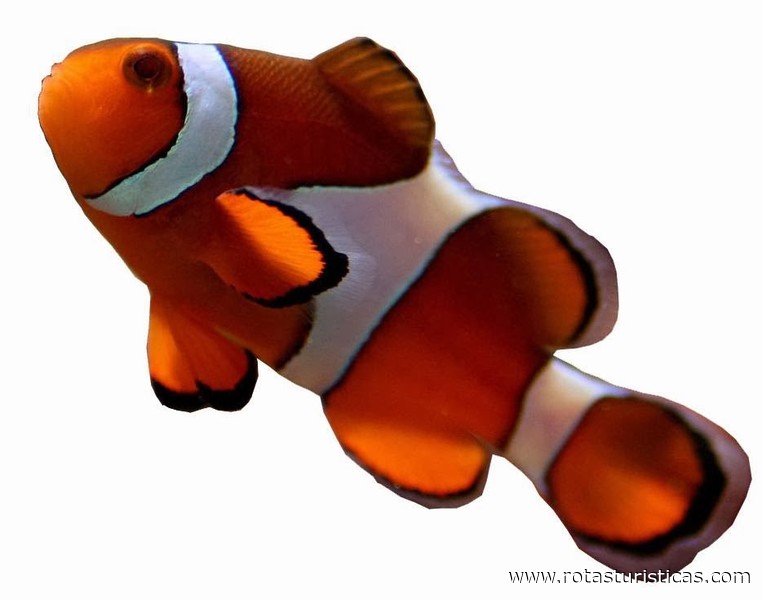 |
Atomium |
| 11,5 Km |
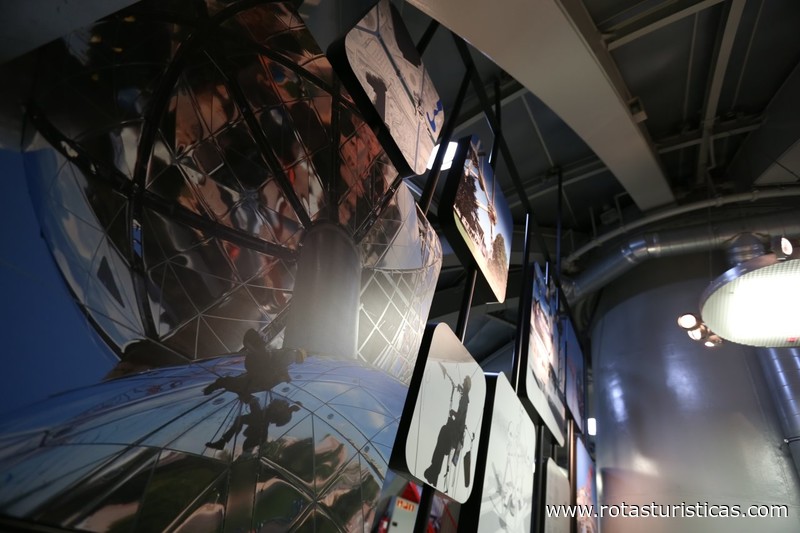 |
Planetarium |
| 11,6 Km |
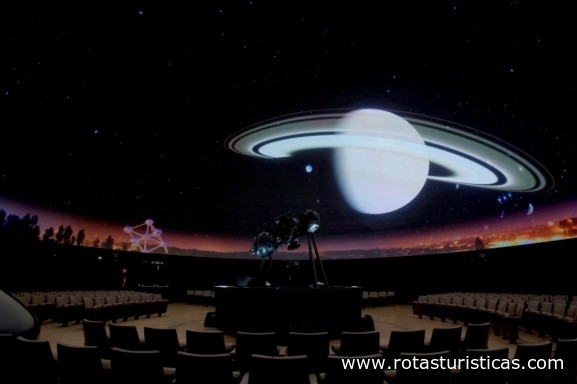 |
Museum For Old Techniques |
| 13,7 Km |
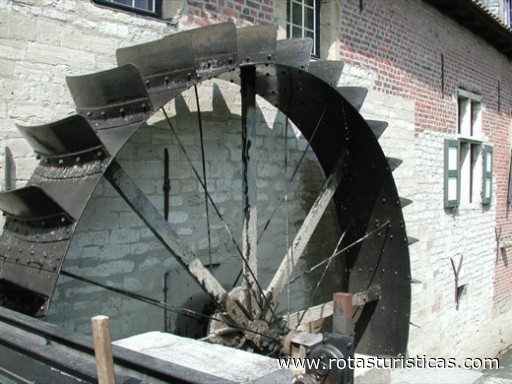 |
Castelo de Gaasbeek |
| 17,0 Km |
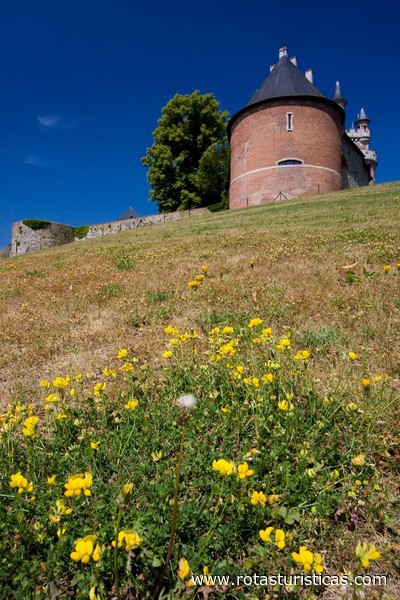 |
Floresta de Hallerbos |
| 17,6 Km |
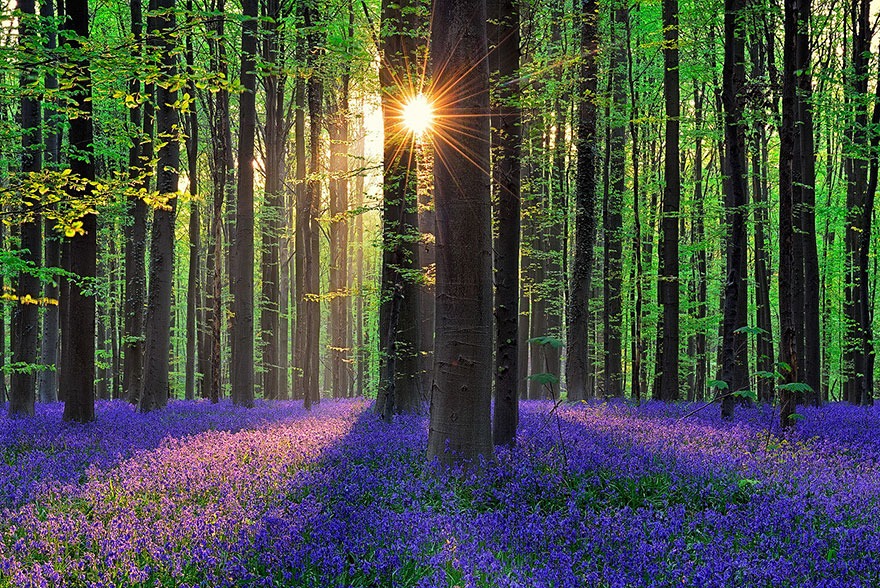 |
M - Museu Leuven |
| 19,7 Km |
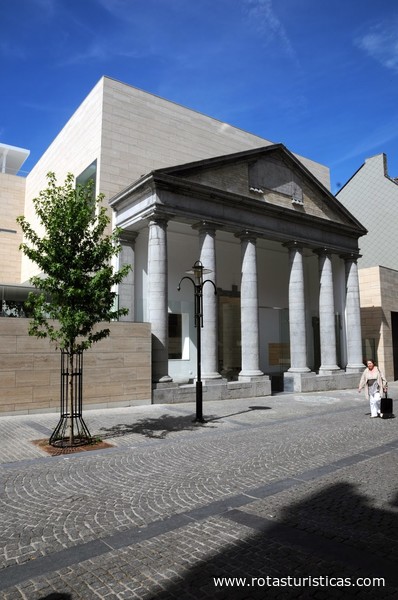 |
Hotel reservation near Abbey of Rouge-Cloitre within a radius of 20 km
Why to book with TURIS BRASIL
The best prices
Our partnerships with the world´s largest operators offer research on the best market prices.
More options
At Rotas Turisticos you can book the hotel, buy the air ticket, book the transfer from the airport to the hotel and vice versa, book the local excursions, rent the car, take travel insurance and consult the places to visit and where to go.
Holiday Tips & Destinations
Hundreds of holiday destinations with all the options that allow you to easily choose the destination that best suits your dream vacation.
TURIS BRASIL
Links


